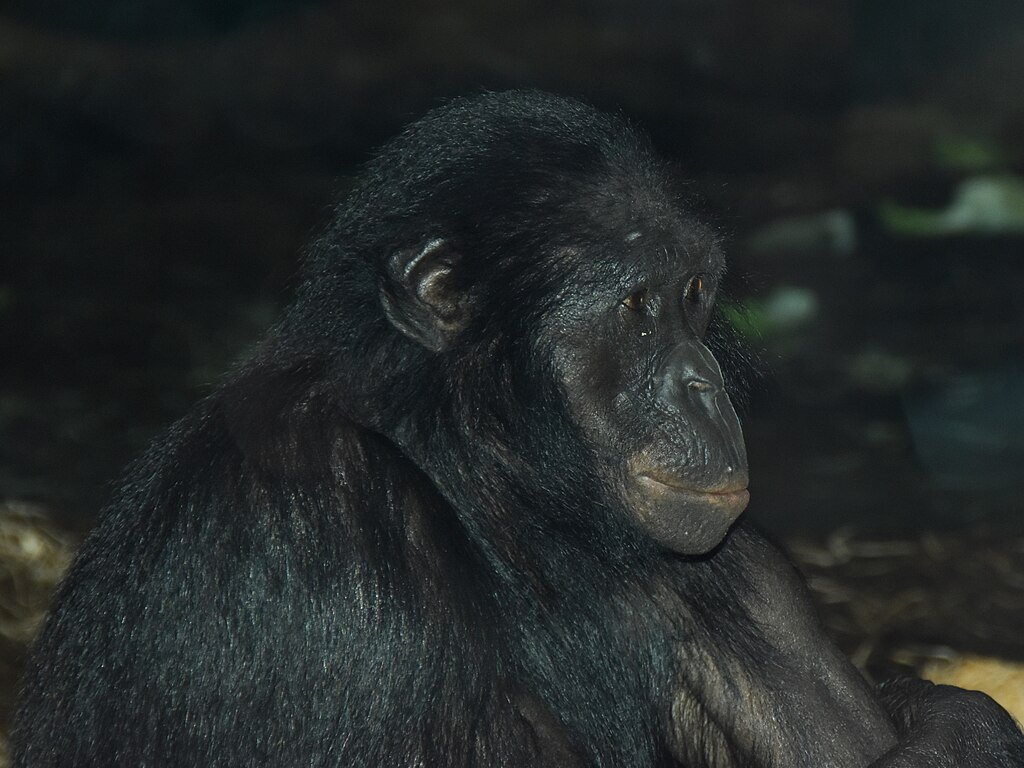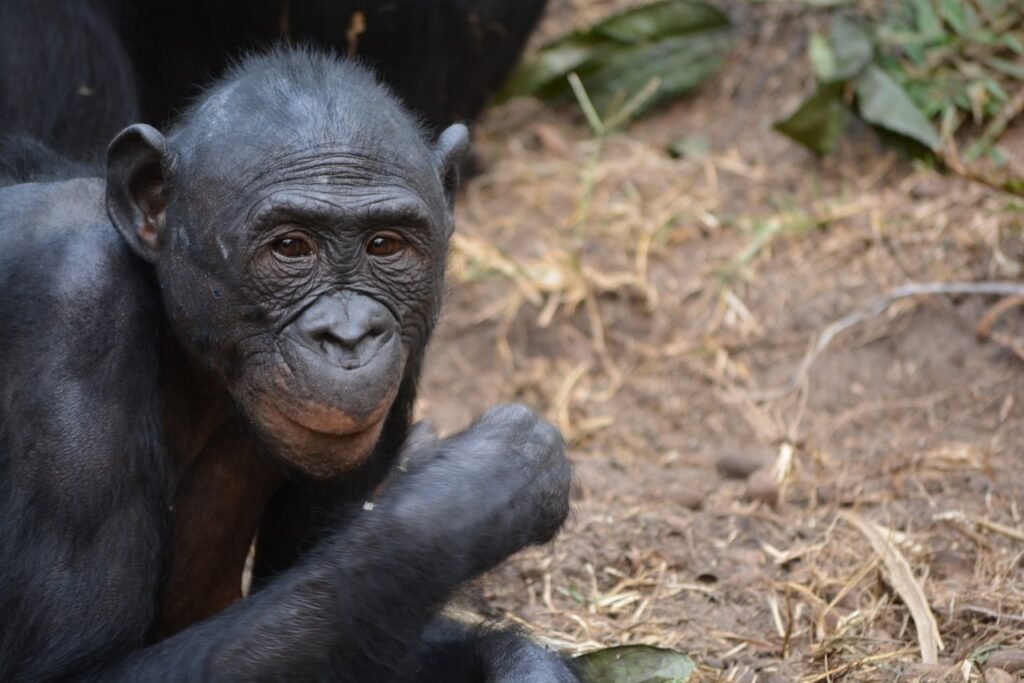A groundbreaking study has successfully adapted the Facial Action Coding System (FACS) for bonobos, providing new insights into primate communication and emotional expression. Researchers from Leipzig University and the Max Planck Institute for Evolutionary Anthropology extended the Chimpanzee Facial Action Coding System (ChimpFACS) to include bonobos, allowing for a systematic comparison of facial movements among humans, chimpanzees, and bonobos. This innovation offers a deeper understanding of how facial expressions shape social interactions in our closest living relatives.
Understanding Bonobo Facial Expressions

Bonobos, known for their complex social behaviors and peaceful interactions, have a repertoire of 28 distinct facial movements, including 22 specific muscle actions. Their facial expressions resemble those of chimpanzees but show unique differences in the intensity and frequency of certain expressions. The study highlights how bonobos use facial cues to communicate emotions, maintain social bonds, and navigate group dynamics. By identifying the distinct muscle movements involved in their expressions, researchers can better understand how bonobos interpret and respond to social cues.
How the Facial Action Coding System Works
FACS is a widely used method for analyzing facial expressions by identifying individual muscle movements. Originally developed for human facial expression analysis, the system has been adapted for primates to measure subtle differences in how emotions are conveyed. With the extension of ChimpFACS to bonobos, scientists can now assess facial movements with greater precision, helping them compare emotional responses and behavioral patterns across species. The ability to systematically study bonobo facial expressions enhances research into primate cognition, empathy, and social learning.
Practical Applications in Conservation and Animal Welfare
Beyond academic research, the bonobo facial coding system has practical applications in conservation and captive animal welfare. By decoding their facial expressions, caretakers in zoos and sanctuaries can better assess the emotional states of bonobos, ensuring their well-being and improving management strategies. This research also provides valuable insights into the emotional lives of primates, helping conservationists advocate for stronger protections and ethical considerations in captive environments. Understanding how bonobos use facial expressions to communicate distress, excitement, or relaxation allows for more effective behavioral assessments in conservation programs.
Future Research Directions
Scientists aim to expand facial expression analysis to other primate species, exploring how facial movements vary across different environmental and social settings. Future studies may investigate whether bonobo facial expressions correlate with specific emotional states, such as stress or bonding behaviors. Researchers also hope to assess how bonobos interpret human facial expressions, which may provide further insights into cross-species communication and the evolution of nonverbal behavior.
Conclusion

The adaptation of the Facial Action Coding System for bonobos represents a significant advancement in primate communication research. By systematically decoding their facial expressions, scientists gain valuable insights into the social lives and emotional complexities of bonobos. This research not only enhances our understanding of primate behavior but also contributes to conservation efforts aimed at protecting these intelligent and expressive animals. As studies continue to refine facial expression analysis in primates, the field of animal cognition will grow, shedding light on the deep connections between species.
Source:





